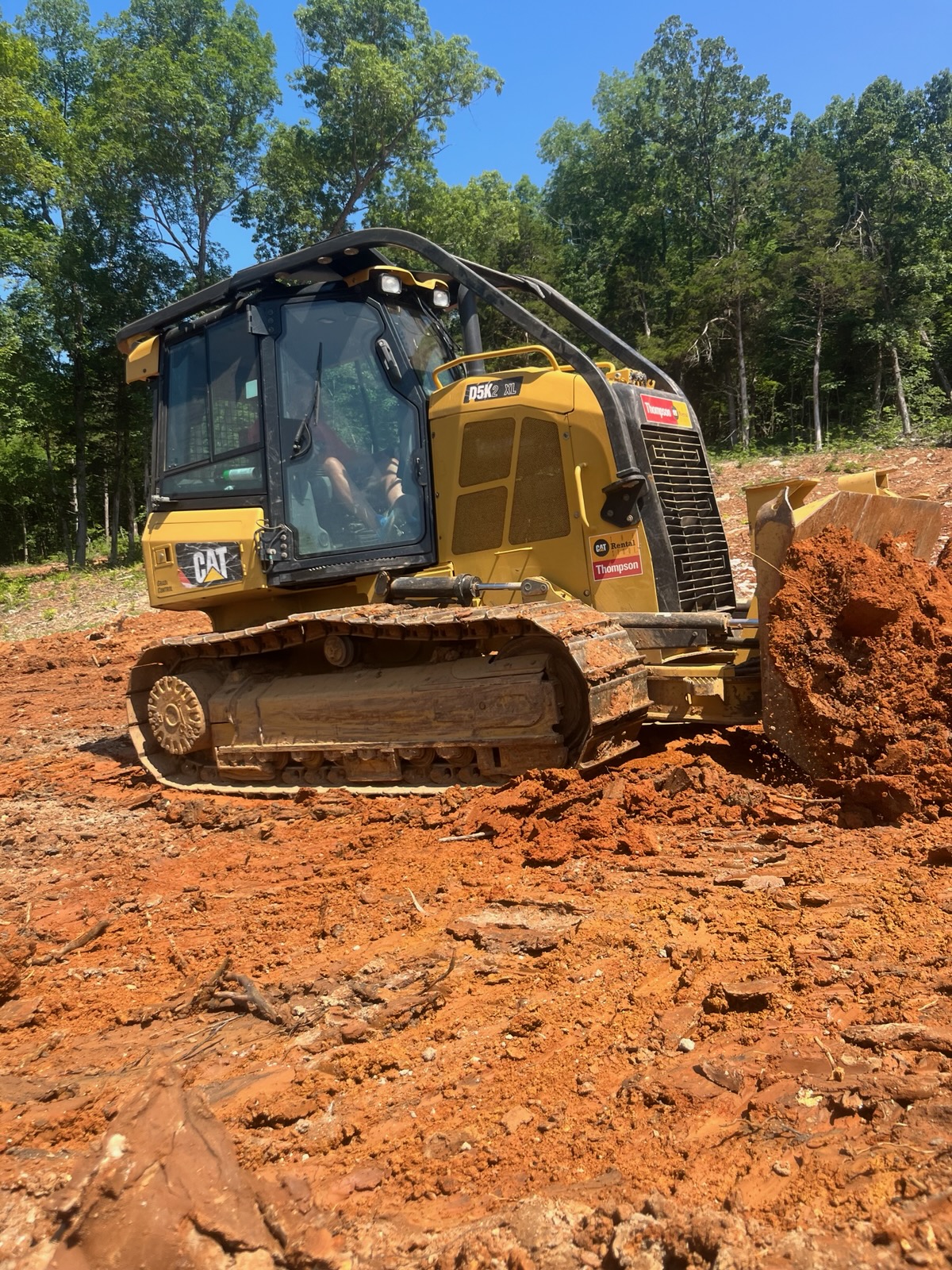
From Blueprint to Groundbreaking: The Essential Steps in Excavation Planning Apr 07, 2025
The first step in excavation planning is understanding the blueprint. Before any dirt is moved, it’s crucial to interpret the plans thoroughly. This involves coordinating with architects and engineers to ensure that every aspect of the site is accurately reflected in the blueprint. Key features like the layout, dimensions, and specific siting of structures must be clear. Coordinating these details early helps prevent discrepancies that could lead to costly corrections down the road.
Once the blueprint is fully understood, conducting a thorough site analysis is essential. This step involves surveying the land to identify potential obstacles such as buried utilities, rock formations, or groundwater levels that could impact the excavation. Utilizing advanced technology such as ground-penetrating radar or drone surveys can provide invaluable insights into the underground conditions. Identifying these factors ahead of time allows for appropriate adjustments to the excavation strategy, thereby minimizing unexpected delays and ensuring compliance with environmental regulations.
With the site analysis complete, the next phase is risk assessment and mitigation planning. Safety is paramount, and understanding the inherent risks of excavation helps in creating effective safety protocols. This involves evaluating the structural integrity of nearby buildings, assessing the potential for soil erosion, and implementing measures to prevent cave-ins. Additionally, having a contingency plan for adverse weather conditions or equipment failures is a crucial component of risk management.
After addressing safety concerns, it's time to select the right excavation techniques and equipment. The choice of method—be it trenching, grading, or digging—depends on the project’s requirements and the soil profile discovered during the site analysis. At Blair Excavation, we emphasize using state-of-the-art machinery that boosts efficiency and ensures precision. This not only speeds up the excavation process but also contributes to reducing the environmental footprint by minimizing soil disturbance.
Budgeting and timeline estimation are also integral to excavation planning. Accurately forecasting the project’s cost and schedule can prevent financial overruns and keep the project on track. This involves detailed planning, taking into account variables such as labor costs, equipment rental, and material removal. Establishing a realistic timeline that accommodates potential delays ensures that all stakeholders are aligned and prepared for each stage of construction.
Finally, obtaining the necessary permits and clearances is the last step before proceeding to groundbreaking. Compliance with local zoning laws and environmental standards is essential to avoid legal complications. Working closely with local authorities to secure the required permissions not only ensures smooth project progress but also demonstrates a commitment to responsible and sustainable development practices.
In conclusion, the path from blueprint to groundbreaking involves meticulous preparation and strategic planning. By following these essential steps, Blair Excavation ensures that every project starts on a solid foundation, paving the way for successful construction. If you’re considering an excavation project, partner with us for expert guidance and reliable service that brings your vision to life safely and efficiently.
/filters:no_upscale()/media/36637781-22b6-4c7d-acea-3ae81efe617a.jpeg)
/filters:no_upscale()/filters:format(webp)/media/fa5e11f6-491b-43a8-a09a-bd69ea04719c.jpeg)